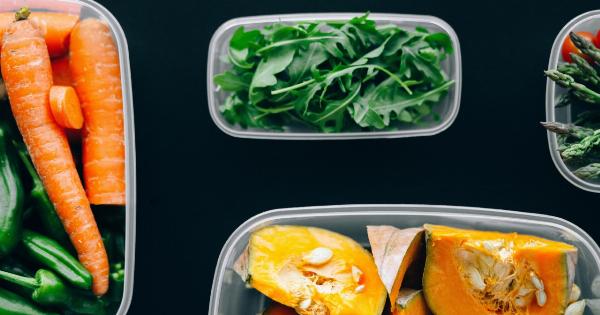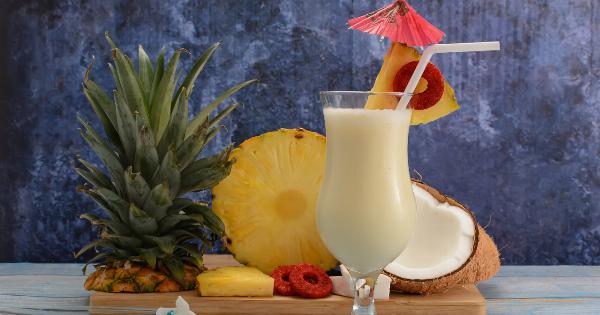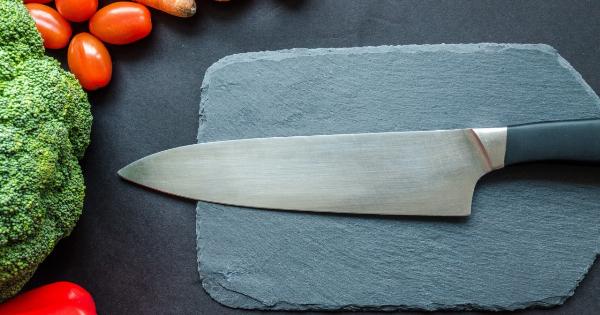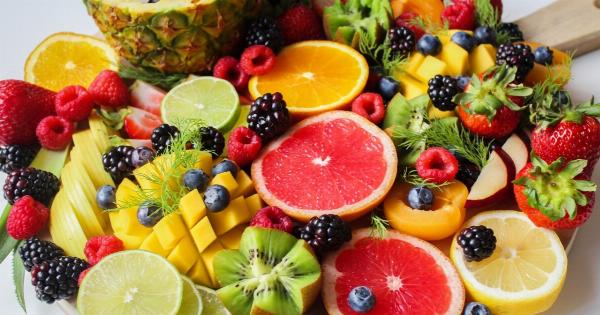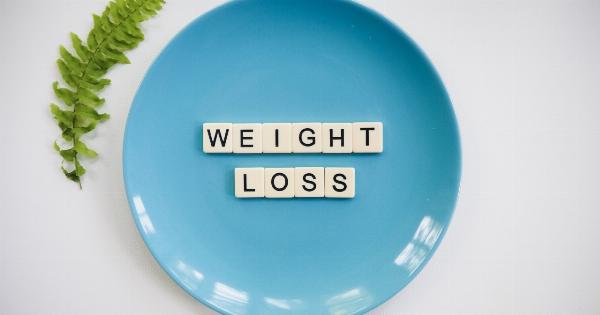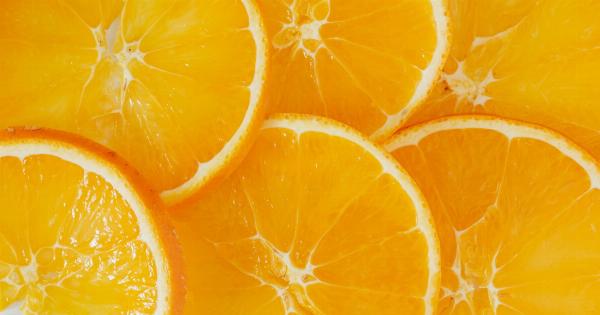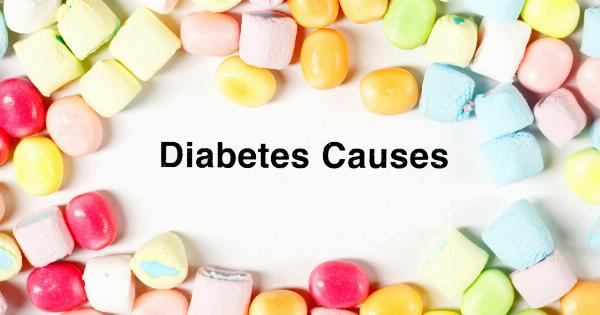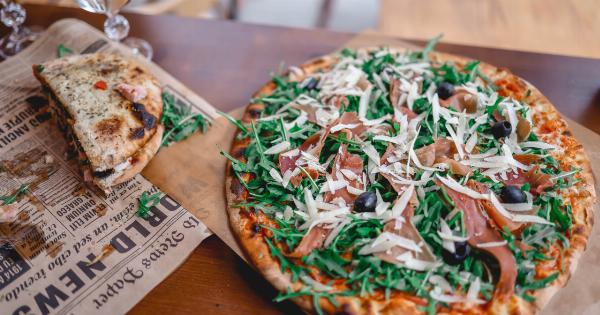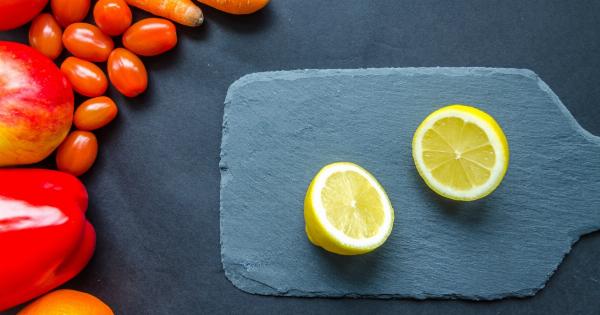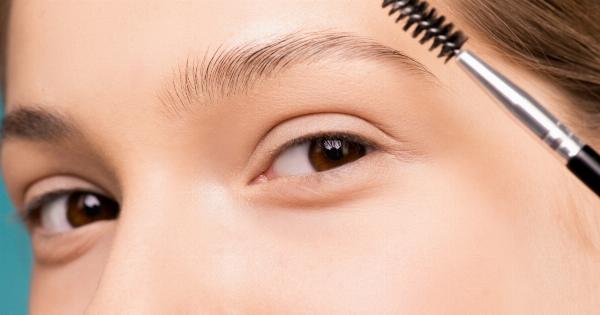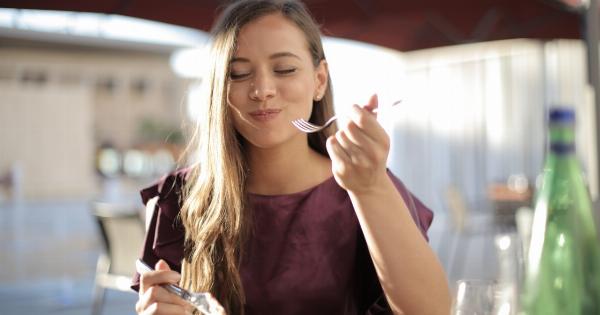Iron is a vital nutrient that our body needs to function effectively. It is essential for the production of red blood cells, which carry oxygen and nutrients to different parts of our body.
Iron deficiency can lead to several health problems such as anemia, fatigue, and weakened immunity. Eating a diet rich in plant-based foods can help us meet our daily iron requirements, especially when paired with other foods that enhance iron absorption.
Understanding iron absorption
Iron absorption is a complex process regulated by various factors such as the type of iron, the presence of enhancers and inhibitors, and individual physiological parameters. The two types of iron present in foods are heme iron and non-heme iron.
Heme iron is found in animal-based foods such as meat, poultry, and fish and is easily absorbed by the body. On the other hand, non-heme iron is present in plant-based foods, fortified grains, and supplements and is not easily absorbed by the body.
To increase non-heme iron absorption, it is essential to pair it with other foods rich in vitamin C and other enhancers while avoiding foods that inhibit absorption.
Plant-based foods rich in iron
Plant-based foods that are rich in iron include green leafy vegetables such as spinach, kale, and collard greens, legumes such as lentils, chickpeas, and kidney beans, nuts and seeds such as almonds and pumpkin seeds, fortified cereals and grains, and dried fruits such as raisins and apricots.
Foods that enhance iron absorption
Vitamin C is an enhancer of non-heme iron absorption. Pairing iron-rich plant-based foods with foods high in vitamin C can help increase the absorption of non-heme iron.
Some foods that are high in vitamin C include oranges, lemons, guava, strawberries, kiwi, and bell peppers.
Fermented foods such as tempeh, miso, and kefir are also known to improve iron absorption. The microorganisms present in these foods can break down compounds called phytates, which inhibit iron absorption, making it easier for our body to absorb iron.
Foods that inhibit iron absorption
Some foods can inhibit the absorption of iron. These include calcium, which is present in dairy products, and tea and coffee.
It is recommended to consume these foods separately from iron-rich plant-based foods or at least two hours apart from each other to avoid inhibition of iron absorption.
Pairing strategies for maximum iron absorption
Pairing iron-rich plant-based foods with vitamin C-rich foods can significantly enhance iron absorption. For example, adding strawberries or kiwi to a spinach salad or consuming stir-fried tofu with bell peppers can increase non-heme iron absorption.
Combining plant-based sources of iron with fermented foods can also help improve iron absorption. For instance, adding tempeh or miso to a lentil soup or consuming a smoothie with kefir and spinach can enhance the availability of iron in the diet.
It is also essential to avoid consuming foods that inhibit iron absorption in the same meal. For example, consuming a cup of tea with a lentil soup can hinder iron absorption.
Conclusion
Eating a diet rich in plant-based foods can provide us with the required daily intake of iron. Pairing these foods with enhancers such as vitamin C and fermented foods can boost non-heme iron absorption and prevent iron deficiency.
It is crucial to avoid foods that inhibit iron absorption within the same meal to ensure maximum benefit from plant-based sources of iron.

